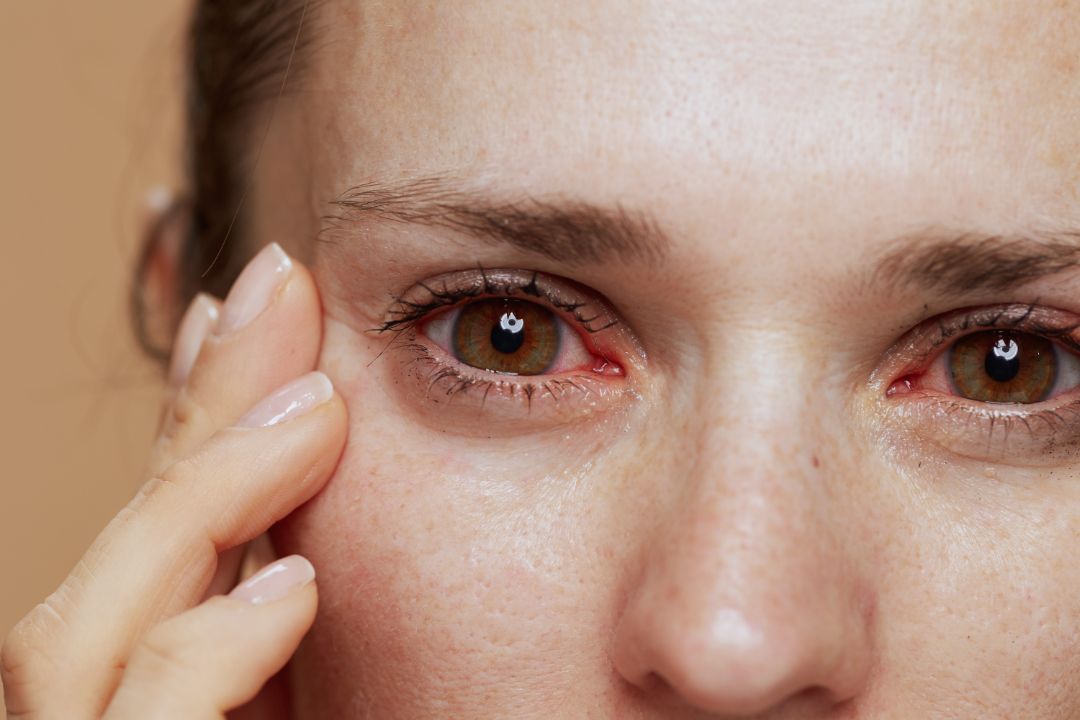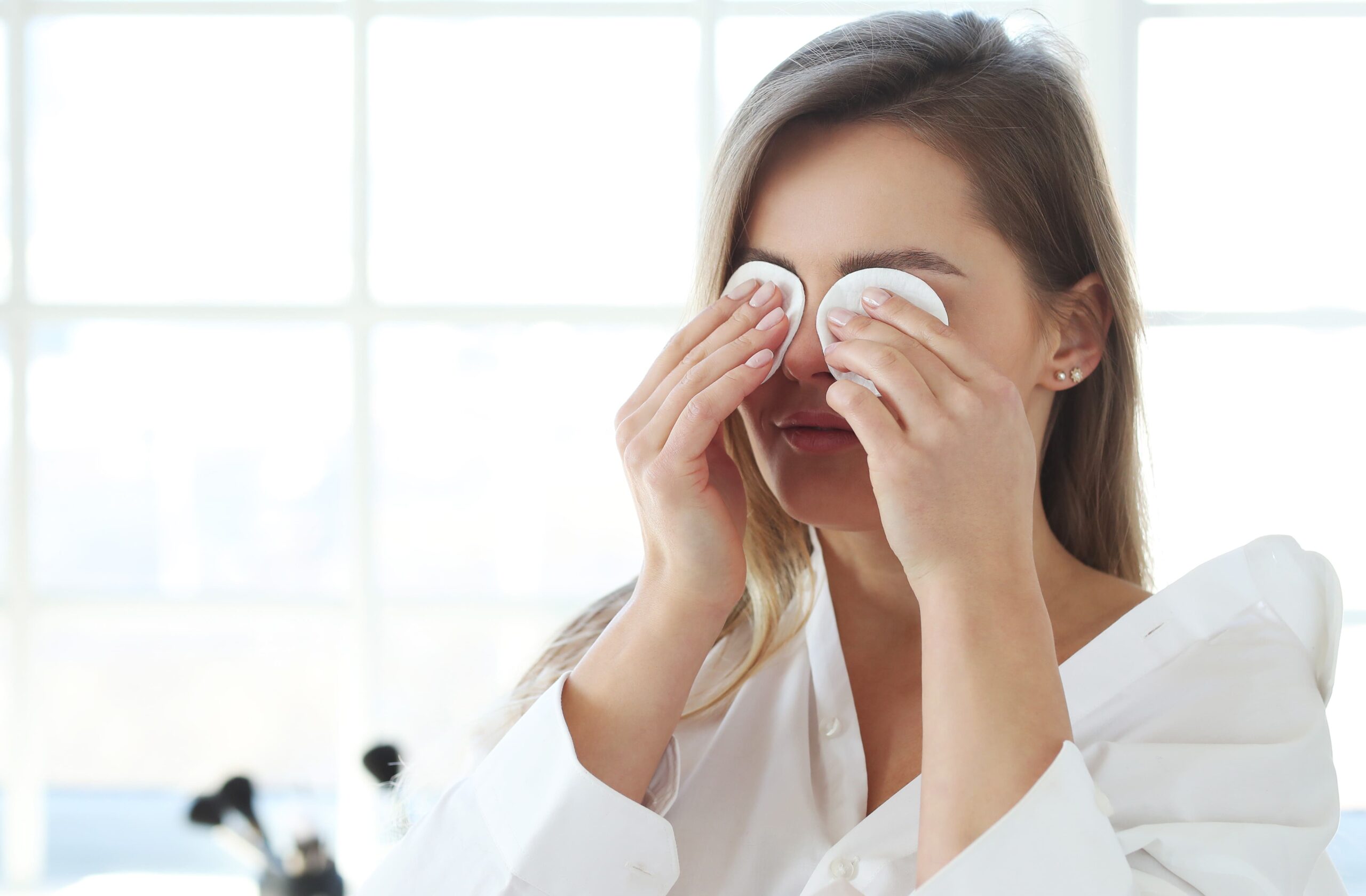Dry Eye Disease (DED) is a condition many people encounter yet often underestimate and overlook.
It can start as mild discomfort but gradually evolve into a chronic issue that disrupts your daily life.
From difficulty focusing on screens to irritation in windy or dry environments, dry eyes can do more damage than just physical discomfort. It can severely affect productivity and overall well-being if left ignored.
The good news is that modern diagnostic methods and treatments for dry eyes offer effective solutions to manage them. By understanding the symptoms, causes, and available remedies, you can regain comfort and protect your eyes.
What Is Dry Eye Disease? Symptoms and Causes Explained
Dry Eye Disease occurs when your eyes don’t produce enough tears or when the tears evaporate too quickly. This imbalance can lead to inflammation and damage to your eye’s surface.
Common symptoms of dry eyes include:
- Persistent dryness
- Burning or stinging sensations
- Watery eyes as a response to irritation
- Redness or itchiness
- Blurred vision
Did you know that DED affects a significant portion of the population in the world? In Asian countries, 20% of individuals develop dry eyes, with over 25% of the population being affected in industrialised nations like Taiwan, Korea, and Japan (Lin et al., 2024).

That being said, what exactly causes dry eyes?
- Prolonged Screen Use: Staring at screens for extended periods reduces blinking, leading to quicker evaporation of tears.
- Environmental Factors: Exposure to wind, dry air, or air-conditioned environments can dry out your eyes faster.
- Meibomian Gland Dysfunction (MGD): A condition where oil-producing glands in your eyelids are blocked, resulting in unstable tear layers.
- Blepharitis: Inflammation of your eyelids that can disrupt the production of tears and the balance of your eye’s natural moisture.
- Contact Lenses: Extended use of contact lenses can irritate your eyes and contribute to dryness.
- Systemic Conditions: Health issues like diabetes or autoimmune disorders (e.g., Sjögren’s syndrome) often impact eye lubrication.
These symptoms don’t just cause physical discomfort. They can make everyday tasks, like reading, driving, or working, increasingly difficult. Untreated dry eye negatively affects productivity and work performance by as much as 30% (Nichols et al., 2016).
How to Diagnose Dry Eyes in Malaysia?
So, the first step in managing dry eyes is a thorough diagnosis to understand the root cause.
Here’s what to expect from your eye doctor:
- Comprehensive Assessment
An experienced eye specialist in Kuala Lumpur, for example, will conduct detailed eye exams and interviews to evaluate the health of your eyes. This includes assessing tear production, quality, and the functionality of glands that produce essential tear components.
This level of thoroughness is important to pinpoint the underlying cause of your symptoms, making treatment smoother and more effective. - Personalised Treatment Plans
Diagnosis is only the beginning. Once the cause is determined, specialists develop tailored solutions that address the specific issues causing your dry eyes rather than using a one-size-fits-all solution.
A custom treatment plan saves time, minimises unnecessary treatments, and makes sure you receive the care you truly need. And since it’s personalised, you’ll always be in the know of what to expect.
Early diagnosis and timely intervention are important to reduce the risk of progression and further complications, such as severe eye damage.
What is the Best Treatment for Severe Dry Eyes? Options You Should Know

There are various options for handling dry eyes depending on the cause and severity of the condition.
Here are the main categories:
- Relief
- Artificial Tears: These over-the-counter eye drops mimic natural tears to provide immediate hydration and comfort to your eyes. While not a long-term solution, they are ideal for quick relief during busy days or when symptoms flare up. They are also small and portable, so you can carry them anywhere and use them anytime.
- Punctal Plug: A small device inserted into the tear ducts to help your eyes retain natural moisture by partially blocking tear drainage. This provides immediate and lasting relief for dry eyes. However, a thorough eye exam is essential to identify the root cause and ensure appropriate treatment.
- Cleanse
- Lidcare Wipes: Keeping your eyelids clean is crucial to prevent irritation and maintain eye hygiene. Lidcare wipes are pre-moistened and help remove debris, oil, and makeup that can worsen symptoms.
- BlephEx Treatment: If you have blepharitis or chronic lid inflammation, this in-office procedure is highly effective. BlephEx gently removes debris and bacterial buildup to promote natural tear production after cleaning.
- Stimulate
- E>Eye IRPL (Intense Regulated Pulsed Light): This advanced treatment addresses Meibomian Gland Dysfunction (MGD), a leading cause of dry eyes. By stimulating the glands responsible for producing the oily layer of tears, IRPL helps prevent tear evaporation and restores natural lubrication.
- Omega-3 Supplements: Studies show that Omega-3 fatty acids and their derivatives, such as resolvins and neuroprotectins, reduce inflammation, boost tear production, and aid nerve regeneration (Liu & Ji, 2014). These supplements are a simple, natural way to keep your eyes healthy and comfortable in the long run.
- Customised Lifestyle Recommendations
- Lifestyle adjustments can naturally boost tear production and promote healthier eyes. These include changes in diet, hydration habits, environmental factors, and exercises to stimulate natural tear flow and improve overall eye wellness.
By knowing your options, you can take targeted steps to protect your eyes as you look for the right eye specialist for a comprehensive treatment.
Why Should You Choose an Eye Care Specialist like VISTA for Dry Eye Treatments?
Finding the right eye care specialist is key to getting the relief you need. Keep these important factors in mind when making your choice:
- Proven Experience
We have a solid track record in eye care. With more than 25 years of experience and a reputation for excellence, you can rest assured that you’re in capable hands. Feel free to visit our website to view our doctors’ credentials and confidently assess our expertise. - High Patient Satisfaction
Patient reviews and testimonials are valuable indicators of quality care. Look for positive feedback while considering constructive criticism in context. Balanced reviews help you assess whether the provider aligns with your needs.
We are incredibly grateful and humbled by your trust in us, with more than 6,900 positive reviews and over 460,000 satisfied patients under our care. - Advanced Technology
Modern approved technology ensures safer and more effective treatments. VISTA is committed to offering the best solutions for our patients by investing in state-of-the-art equipment. - Award-Winning Care
Recognition through awards and certifications reflects a provider’s dedication to excellence. We have received numerous business and clinical accolades over the years that make VISTA Eye Specialist a trusted name in the field of eye care.
Conclusion
Dry eyes can be a persistent and uncomfortable condition, but it is completely manageable with the right care and treatment.
Taking proactive steps toward managing dry eyes can improve both your eyesight and overall quality of life. At VISTA Eye Specialist, we are ready to guide you through personalised treatment options to manage dry eyes and other vision concerns.
Schedule a consultation today and take the first step toward clearer vision.
Stay tuned for more expert insights on how to take better care of your eyes or get the latest updates on vision correction procedures like cataracts in Malaysia.
A healthy pair of eyes is a healthy you.
References
Lin, C., Lin, M., Huang, J., Wang, T., & Lin, I. (2024). Impact of dry eye disease treatment on patient quality of life. Frontiers in Medicine, 11. https://doi.org/10.3389/fmed.2024.1305579
Liu, A., & Ji, J. (2014). Omega-3 essential fatty acids Therapy for Dry Eye Syndrome: A Meta-Analysis of Randomized Controlled Studies. Medical Science Monitor, 20, 1583–1589. https://doi.org/10.12659/msm.891364
Nichols, K. K., Bacharach, J., Holland, E., Kislan, T., Shettle, L., Lunacsek, O., Lennert, B., Burk, C., & Patel, V. (2016). Impact of dry eye disease on work productivity, and patients’ satisfaction with Over-the-Counter Dry Eye treatments. Investigative Ophthalmology & Visual Science, 57(7), 2975. https://doi.org/10.1167/iovs.16-19419

